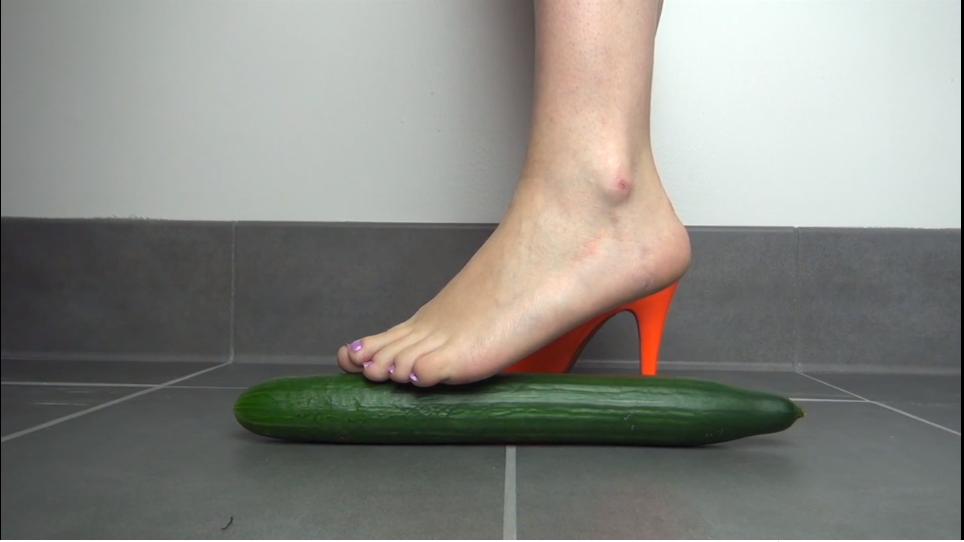trust in the process
Written by lexi turin
Edited by marina may
January 19, 2018
“LOOKING AT ART IS NOT A PASSIVE EXPERIENCE. IT’S ASKING YOU TO COLLABORATE.”
For José Garza, image-making started in a classroom. “I was born in the U.S but my parents were in Mexico,” he says. “Before they got their green cards, we had some family in the U.S, so I came to live with them.” Only in first grade at the time, the language barrier proved to be a challenge in school. “I couldn’t speak English, [and when] I was in class I didn’t know what was going on, so I would just draw.” What began as a way of passing time ultimately became a mode of communication. “I realized that I was drawing the same things that the other kids were drawing—like cars, dinosaurs, cartoons... At some point, we were communicating,” he says. “It let me know that visual culture is really powerful.”
Drawing soon turned into obsession, experimenting with perspective and subject matter. The validation he received from his teachers during these formative years encouraged Garza, providing him with self-esteem and a sense of stability in a once-chaotic class setting. “I was never discouraged to do it,” he recalls. “Even when I tried to abandon it, it’s always called me.”
The seat of the teacher is one Garza has since occupied, now working as the Museum Educator at the Contemporary Arts Museum in St. Louis. There, he instructs middle and high school students. “I consider them ‘young artists,’ just because it helps break down some of that hierarchy in a classroom,” Garza says. “I try to make them understand that they’re part of the community.” Taking himself off the pedestal of all-knowing teacher is something hugely important to him in that it helps cultivate a learning environment that encourages experimentation (“My syllabus is always subject to change”) and vulnerability. By demonstrating processes he’s never done before and allowing himself to be seen by young artists as a beginner, he ensures that “space for failure is built in,” removing some of the pressure off the creative process. “I think artists shouldn’t have it all figured out. I think that keeps me from making.”
In terms of his own work, Garza has always been influenced by film, particularly the temporality and sequential nature of moving images. “I use cinema as a conceptual framework in my practice,” he says—a practice which includes repurposing found footage of military simulation runs, as well as reenacting eccentric videos (such as a woman crushing a Persian cucumber with the heel of her stiletto) found on YouTube. What interests him most is the juxtaposition between a set of images and the ideas or connections that can be brought forth by the viewer’s interpretation of them. “I think artists are detached from technology. An artist needs to know how images are made in their time.”
Above all, art as connection is a running theme in José Garza’s life and practice. “Art shouldn’t be this insular thing,” he says. “It’s not hermetic.” In his view, art is more useful if it’s attempting to connect to subjects outside of itself. More value is placed in the work’s referential nature—its ability to make the viewer think of something else, to start a conversation. “I think artists should work as intellectuals,” he says, citing the importance of a research-based practice. “As artists, we observe, we record, and we interpret. We pay homage to a lot of things but I think we also have to advance the conversation.” Unlike classical traditions of an artist in training to master technical skill, Garza’s approach to teaching (and learning) holds fast to the wider, messier net of experimentation and curiosity—recognizing the playfulness that resides there. “We can be experts in things, but it wants us to engage.”

